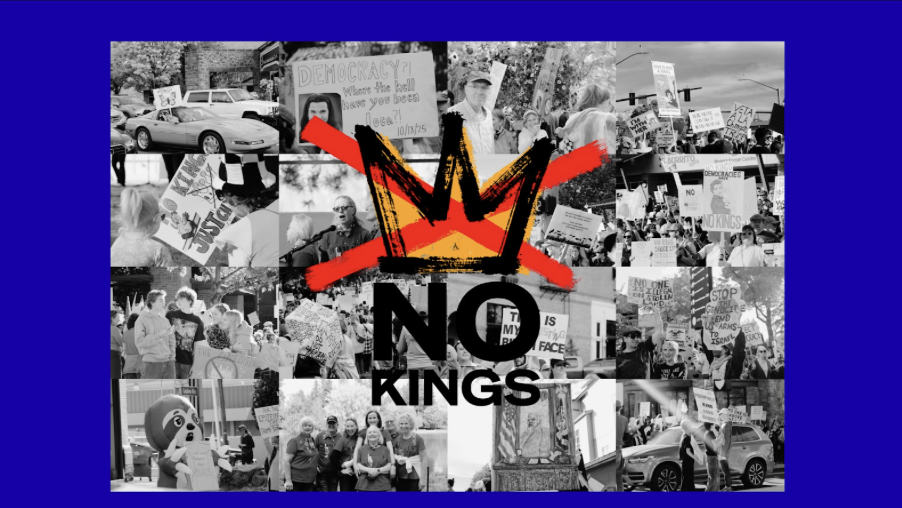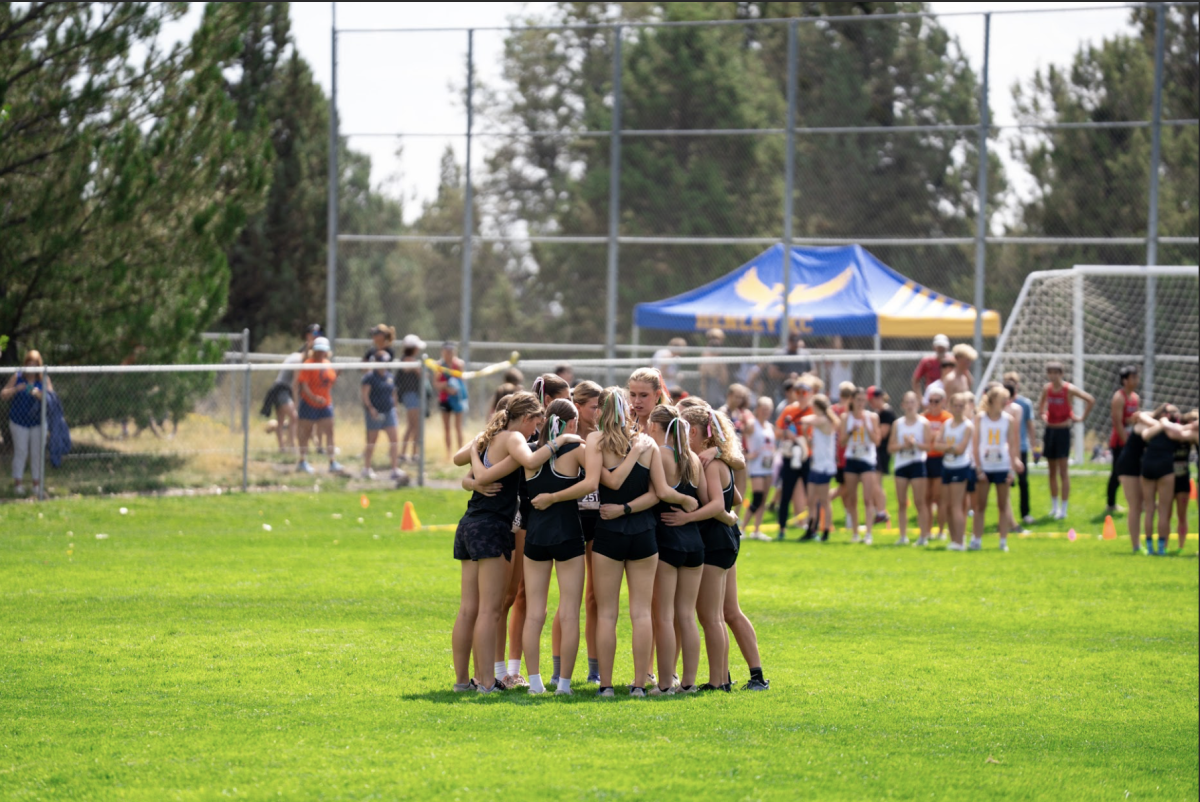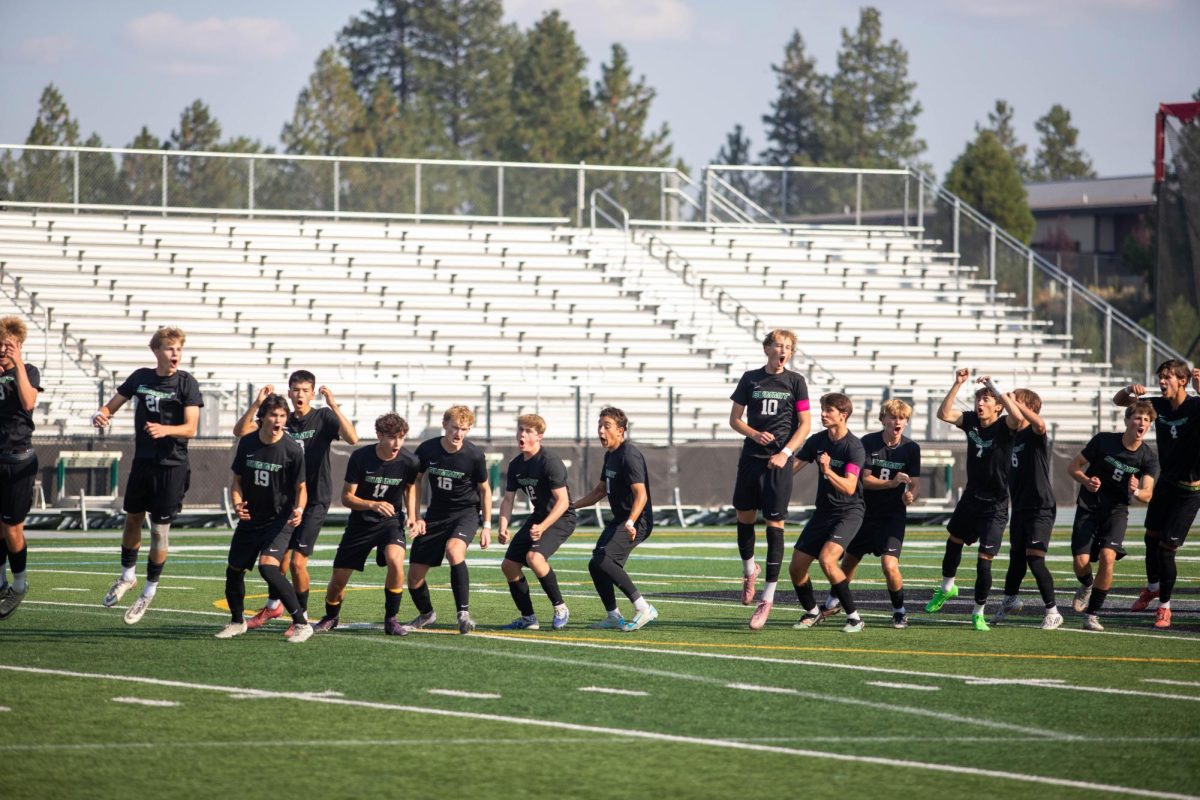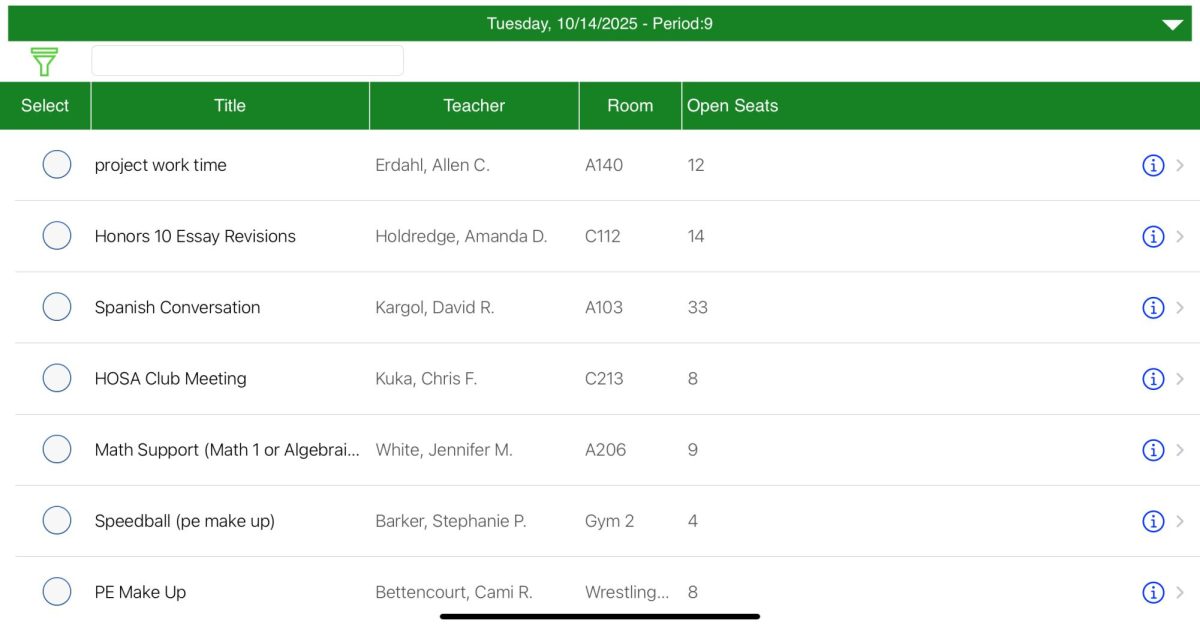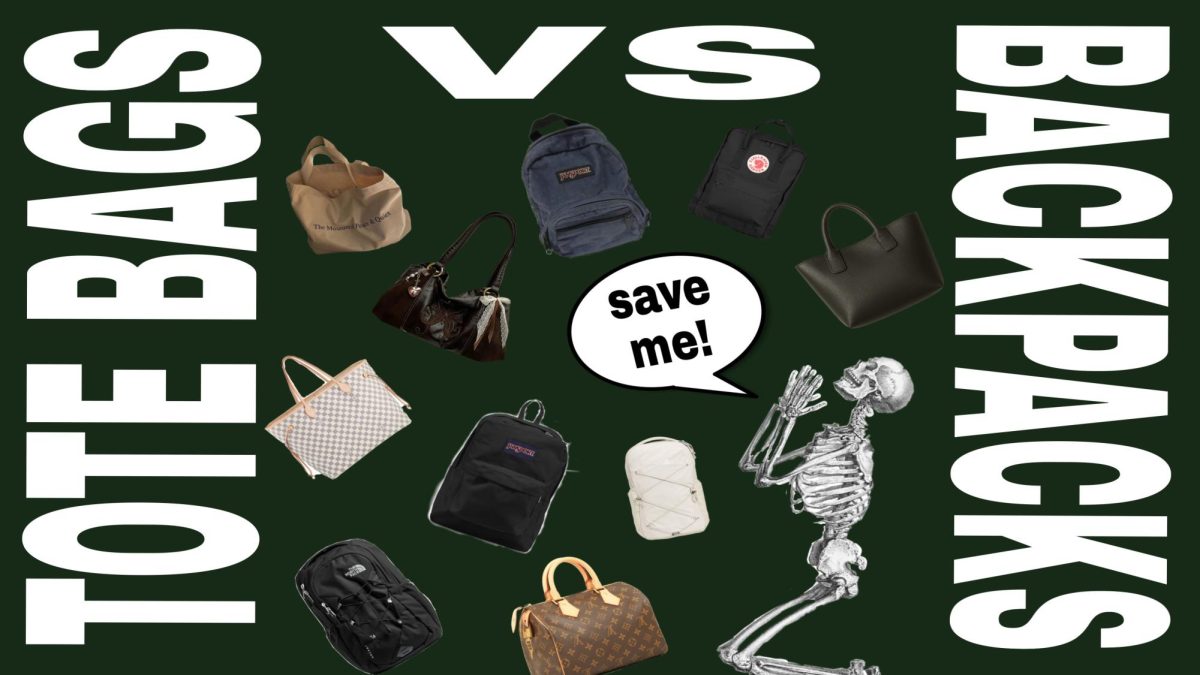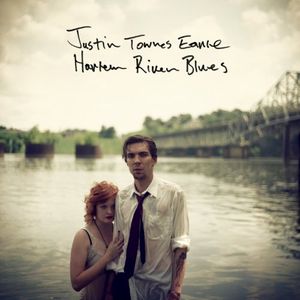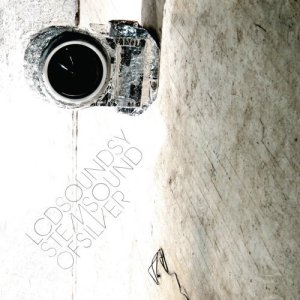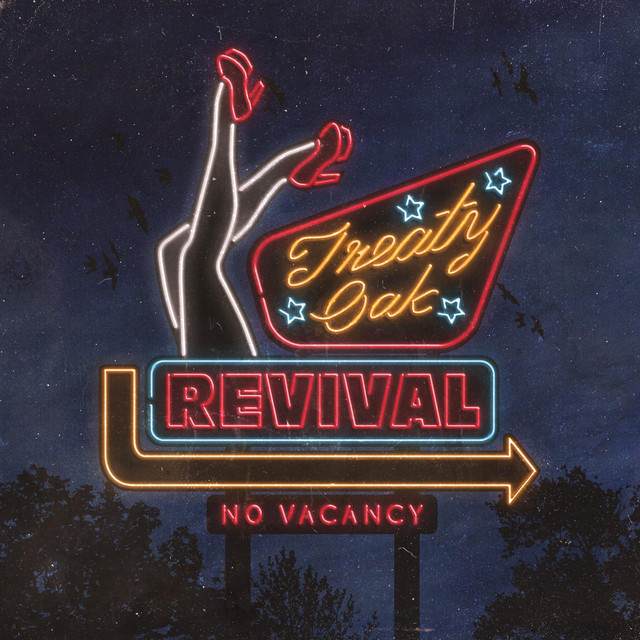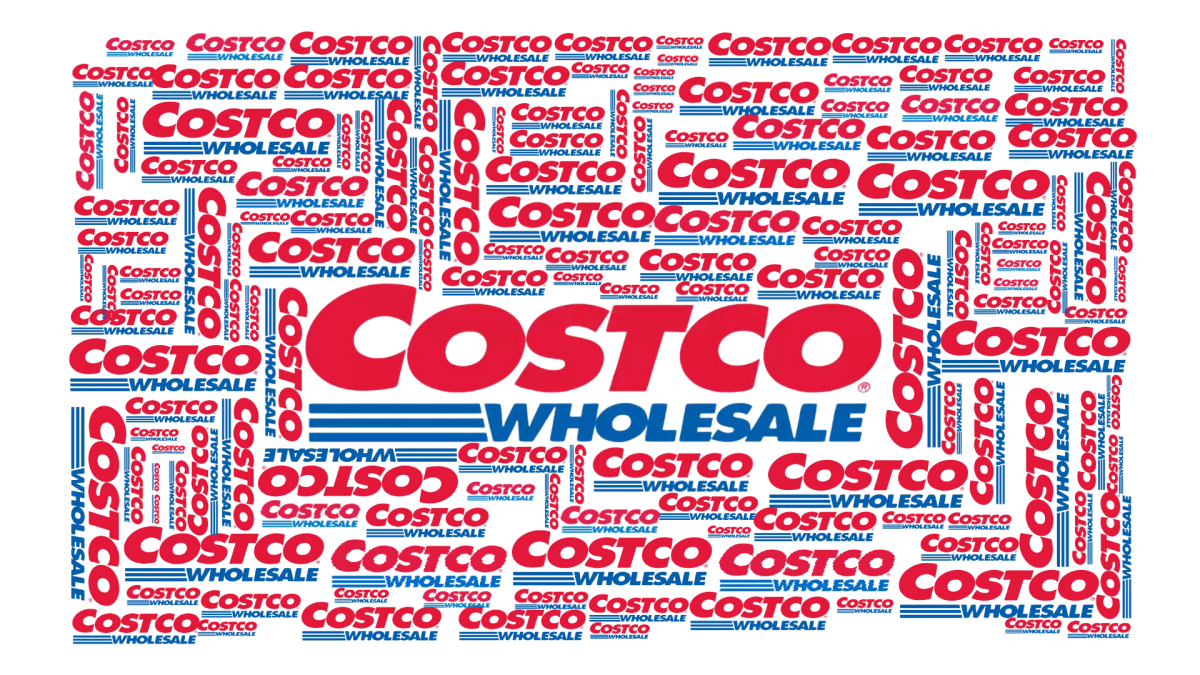When you think of grocery shopping, you probably don’t associate it with something as fun as going to Disneyland. However, that’s not the case for Costco.
When you enter Costco, rows of 85-inch TVs immediately draw you in with their dazzling displays. Beyond electronics, Costco is filled with unexpected finds and hidden gems, from their poké to Kirkland’s peanut butter pretzels. The clothing section is another unanticipated highlight, offering big name brands like Puma, Levi’s and Gap. However, Costco also sells Kirkland brand clothing, offering dupes of the Ugg Tasman Slippers and Lululemon Scubas, all with prices making them hard to pass up.
There’s more to Costco than just the bulk discounts though. The warehouse is a complex ecosystem, composed of everything from the giant refrigerated produce rooms to health services such as a pharmacy. They boast a large selection of food products, technology, clothing, toys, electronics, pharmaceuticals, optometry and more.
The bulk-buying brand follows similar procedures for all items under the house label, Kirkland. To rack up on savings, they get products straight from the source and take on the responsibility of distribution to all 887 stores throughout the world.
To find out more about how Costco works, you can track one of its most iconic offerings, the rotisserie chicken, from farm to warehouse. The store creates savings, which it passes on in part to its customers, by eliminating costs like middlemen and multi-company transportation. Many stores may partner with brands like Tyson or Foster Farms, but Costco goes straight to the farm itself, purchases the chickens in Nebraska and uses its well-developed distribution system to send them to individual stores, where they are processed and cooked.
“Product has to meet or exceed a leading brand,” said Johnathan Matlock, our local Costco’s General Manager. He, and the chain as a whole, wants customers to get the “same or better product for less money.”
Matlock was clear in his daily purpose: to make a good environment for both customers and employees. He strives to accomplish the same goals that are universal across locations, focusing on cleanliness, high quality goods and consistency in their standards and service.
In the behind-the-scenes hub of the store, employees talked and laughed together, even after a long day. The cloud of hopelessness that often haunts big-name retail was noticeably absent, with life in the air. Maybe it was just the excitement of a new location, but there was something different about this backroom.
This energy is a key part of Costco’s business model. When asked about the lack of advertising, Matlock responded, “Employees are all the media you need.”
Costco’s business model is…curious. In a world full of trendy, online and over-the-top splurging, how does a brand with no advertising, no clever marketing and no glitz or glam make it in this market, let alone thrive?
The bulk items definitely draw customers in, from giant blow-up Christmas penguins to 64-ounce jars of mayonnaise; the enormousness of everything is truly humbling. As you navigate the maze of samples, cold rooms and aisles, the smell of food wafts through the store, eventually leading you to one place. The food court.
Here, you can find one of Costco’s most notorious loss leaders, the $1.50 hotdog. And to founder Jim Sinegal, this was an essential cornerstone.
“If you raise [the price of] the effing hot dog, I will kill you. Figure it out,” said Sinegal to CEO Craig Jelinek, which Jelinek recounted in a speech to the chamber of commerce in Issaquah, WA, where Costco is based.
The hot dog is one of the most popular items at the food court. Despite the low price, the hot dog delivers on taste; it’s juicy, salty and a great take on an American classic. However, the buns don’t meet the same standard, as they feel highly processed and flimsy. All around, Costco is an excellent place to go for such a low price if you just want a classic American hot dog.
Speaking of intensely American foods, Costco offers pizza both by the slice and by the pie. When staring down the 700-calorie slice, it became clear that the pizza may take a few years off your lifespan. That said, it’s pretty good, and inexpensive for its size at only $1.99. The cheesiness and greasiness of each bite brought me back to bowling alley pizza. Despite the subpar quality, you can spot employees and customers alike perusing the aisles with a slice in hand. The pizza is classic, affordable, and comforting. While it’s not something you want to eat daily, it is undoubtedly a good, but occasional, treat.
At first glance, Costco’s ice cream may seem like a simple soft serve, but something about it keeps customers coming back. Its smooth, creamy texture and rich vanilla flavor provide the perfect balance of sweetness, making it a must-try item in Costco’s food court. Compared to other soft serve options like Dairy Queen, Costco surprisingly holds its own, offering quality that rivals the big names at a fraction of the price. While it may not come with the frills, it’s hard to beat for value and taste.
This bulk-buying behemoth holds its own in the world of grocery and retail, standing firm with a foundation built on savings, high quality products and cutting out unnecessary flash. Peering in from the outside, the store and its members may seem borderline cultish because of the membership, frenzied sales and unique business model, but it’s a small price to pay for access to Costco’s deals.
Every year, 52 million people shop in the warehouse, searching for deals across technology, groceries, clothing, toys and more. For many, Costco is a staple, something you absent-mindedly think about when you remember you’ve run out of toilet paper. But people have come to appreciate the store, and give Costco its due.




